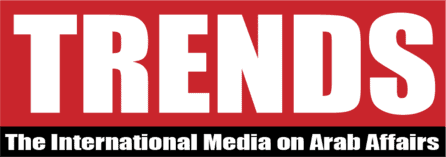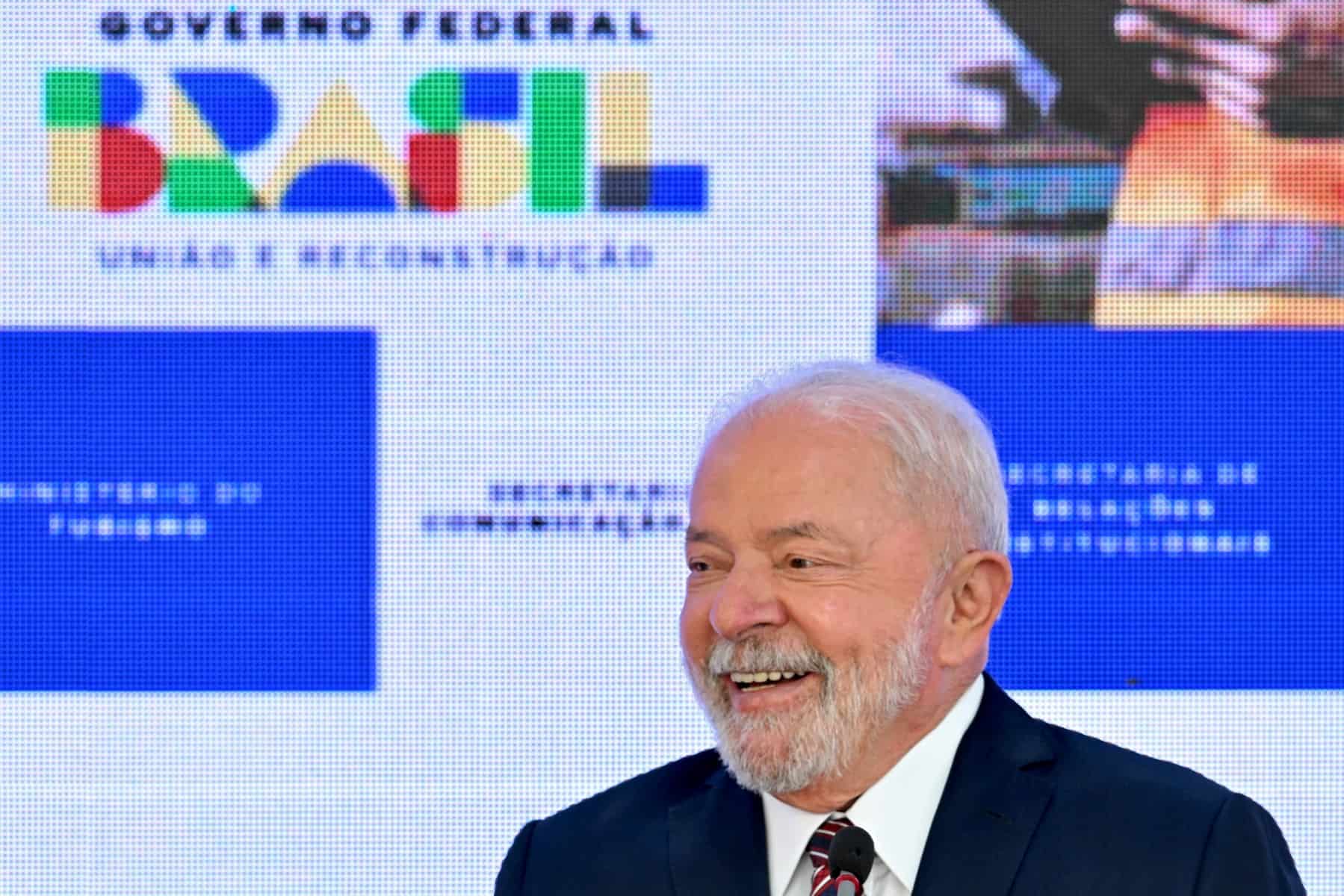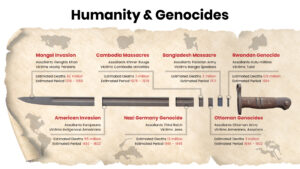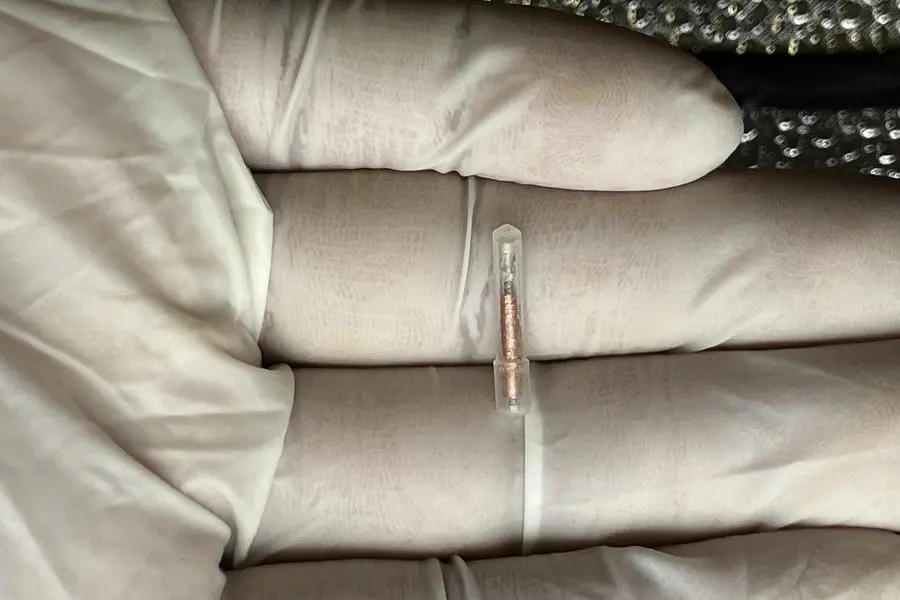ABU DHABI, UAE – Brazilian President Luiz Inacio Lula da Silva arrived here Saturday, following a two-day visit to China to strengthen economic and diplomatic ties.
The UAE’s energy and infrastructure minister, Suhail bin Mohammed al-Mazrouei, welcomed the Brazilian leader at Abu Dhabi airport, local media reported.
Lula, who in January returned to power in the South American country after two terms as president between 2003 and 2010, is expected to meet Emirati President Sheikh Mohamed bin Zayed Al Nahyan.
In Beijing, where Lula sought to consolidate economic ties with Brazil’s main trading partner, he said his country was “back on the international stage” and ready to mediate an end to Russia’s war in Ukraine.
Both China and Brazil have refused to join Western nations in imposing sanctions on Moscow for its invasion, and there are concerns in the West that both potential mediators are overly cozy with Russian President Vladimir Putin.
The UAE has maintained a neutral stance in the conflict.
Its financial hub Dubai has attracted Russian professionals and businesspeople fleeing the impact of Western sanctions since the invasion in February 2022.
The oil-rich Gulf monarchy is Brazil’s second-largest trading partner in the Middle East, according to reports.
It said bilateral trade excluding petrol totaled more than four million dollars last year, representing a 32-percent rise from 2021.








